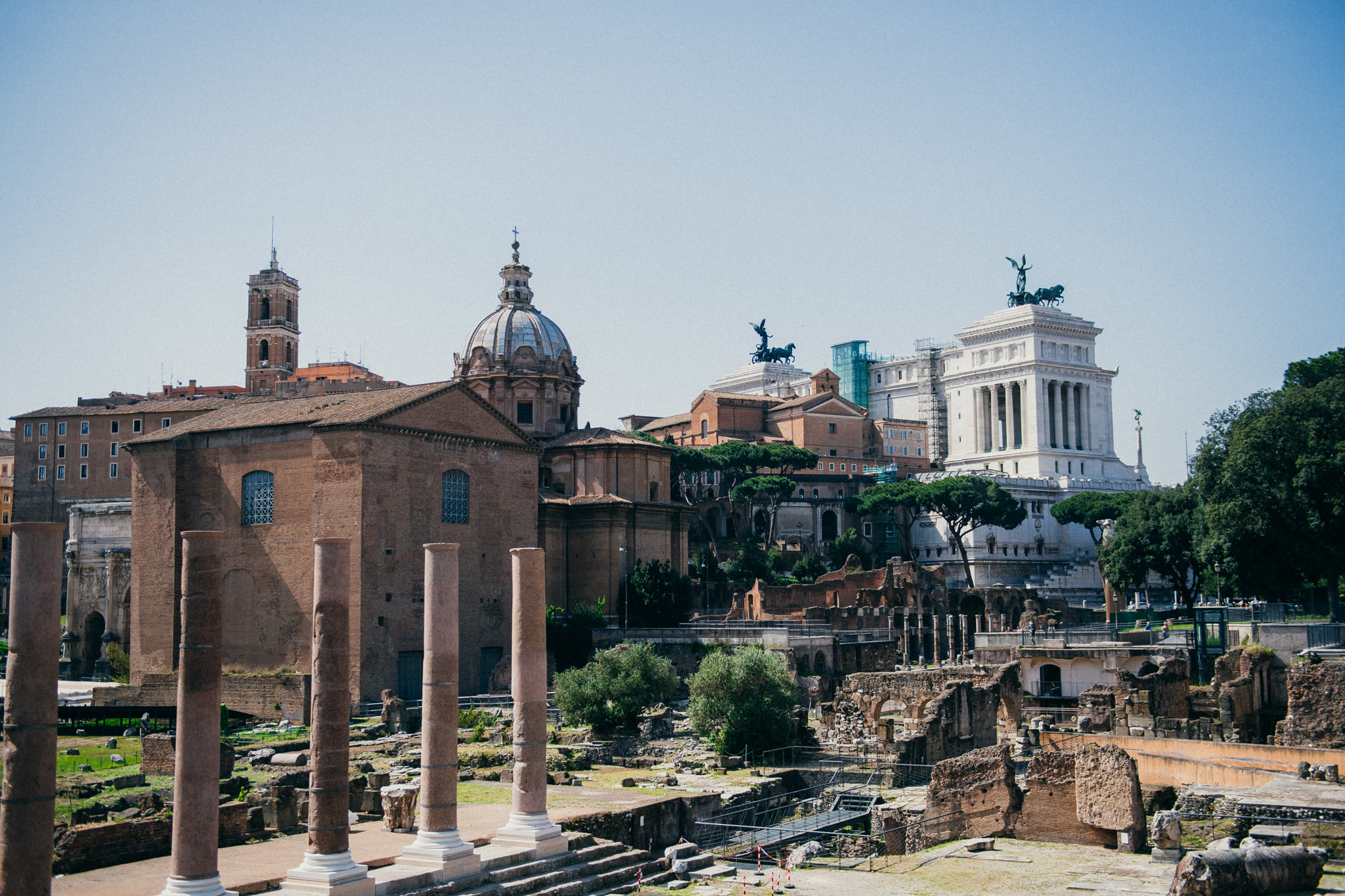

Approximately 2, 000 years ago, the Roman Empire stretched across vast sections of Europe, Asia and Africa. And while there’s a lot that we do know about the Empire, there are elements of ancient Roman culture and traditions that remain a bit of a mystery.
As history and classics students know, getting at the truth can be a tricky business – especially when ancient sources sometimes exaggerate facts or make them up entirely. On top of that, some myths about ancient Rome continue to persist even today, despite the fact that we know they just aren’t true.
Which popular myths do people still believe, and what’s the real story behind them? Read on to find out!
Julius Caesar’s Last Words: Classical Studies Majors Know the Truth
As English lit majors know, Shakespeare can take credit for coining many popular, and often quoted, English phrases. He has authored countless famous lines, including: “Friends, Romans, countrymen, lend me your ears,” and “All the world's a stage…” But, what students might not know is that Shakespeare also crafted Caesar’s supposed last words.
Many people still believe that Caesar’s last words were “Et tu, Brute,” but according to historians, that’s just not true. If he did say anything, it was most likely “kai su teknon”, which roughly translates to the heartbroken “you too, my child?”
Of course, it’s also very possible that Caesar was too preoccupied with being stabbed 23 times to craft any clever last words at all.
Gladiators: Were all of them Captured Slave Men?
Popular depictions of gladiators provide us with a Russell Crowe-like image of a rugged and troubled man, doomed to an early death in the arena.
While it’s true that many gladiators were indeed slaves, there were also fighters from other walks of life. Some were even noble Roman women!
As you complete your classical studies in Rome, you’ll discover many surprising and fascinating facts about life in the ancient Empire. You might, for example, learn about gladiatrices.
Gladiatrix – or gladiatrices – were slaves, members of the lower-class, and even aristocratic women looking for a little thrill and fame in the ancient world. Popular gladiatrices such as Amazon and Achillia were sometimes immortalized in marble relief, demonstrating that not only did women fight as gladiators, but that spectators celebrated their might and prowess.
Vomitoria: Not the Vomiting Chambers Many People Think they Were
You’ll probably see and use a vomitorium while you study history in Italy – but not for the reason you might think. While many people still believe that ancient Romans – in a grandiose display of gluttony – used vomitoria to regurgitate meals in order to make room for more, vomitoria were actually used for something very different.
Vomitoria are amphitheater passageways that help many people enter or exit a stadium quickly without causing too much congestion. In fact, the Colosseum has several vomitoria, as do many modern auditoriums, including the Los Angeles Music Center and the Cockpit Theater in London, England.

Cleopatra: Was She Really a Manipulative Temptress?
While there’s no doubt that Cleopatra was romantically involved with both Caesar and Mark Antony, many historians dispute the claim that she used her beauty to tantalize and manipulate them.
If you decide to pursue an art history degree, you might study famous paintings that illustrate a beautiful Cleopatra bedazzling Caesar with her charms, or bewitching Mark Antony when they first met. But you will probably also learn that her reputation as a manipulative temptress – often depicted by Renaissance and later artists – was actually the result of an ancient propaganda campaign.
Mark Antony’s fellow triumvir Octavian needed to stir up public support in order to declare war on his rival. To sway public opinion in his favor, Octavian launched vicious propaganda campaigns that exploited Antony’s romance with the foreign Cleopatra. Antony was depicted as a Roman who had forgotten his roots, abandoned his upright and noble Roman wife (Octavian’s sister Octavia), and plotted to move Rome’s capital to Alexandria in Egypt.
To help cement these claims, Cleopatra was cast as the deadly but irresistible beauty who had corrupted Antony and endangered the Empire to suit her own selfish interests. To this day, her name is synonymous with decadence, greed, and ruthlessness.
Would you like to study in Italy and learn more about life in the ancient Roman Empire?
Visit John Cabot University to explore our degree programs or submit an application!




